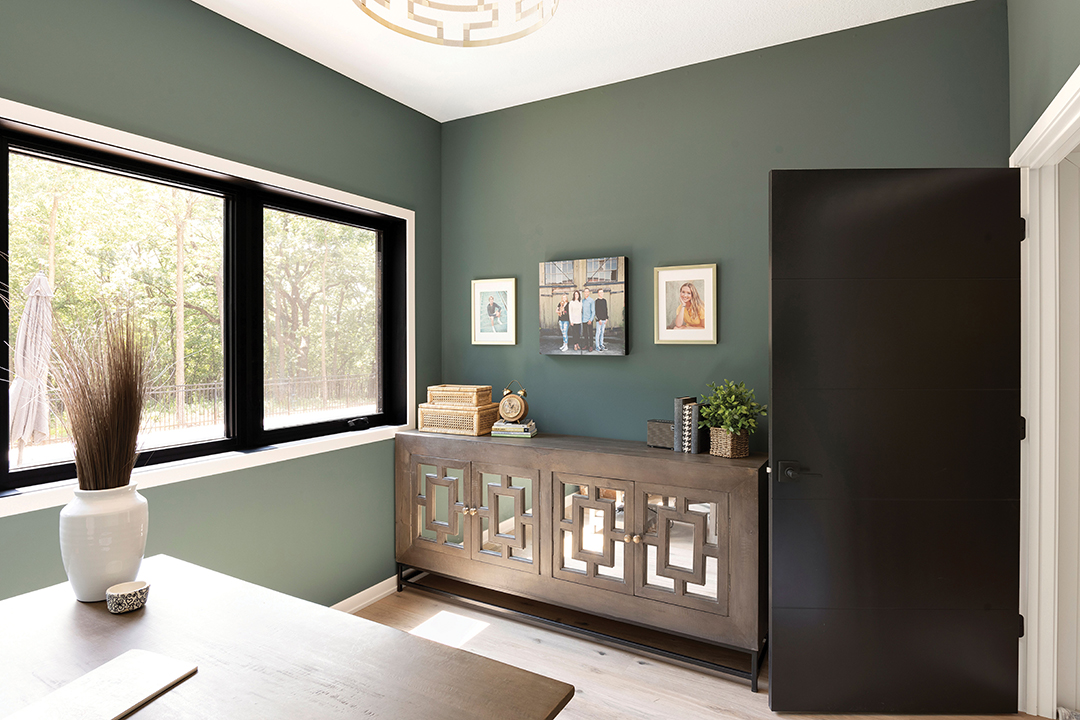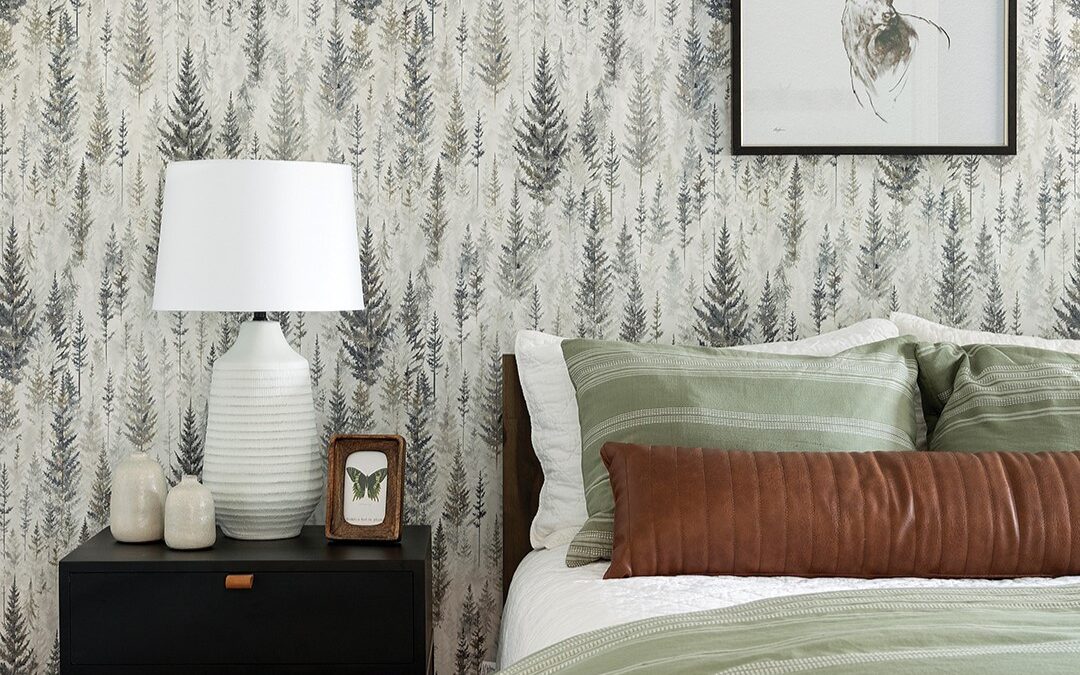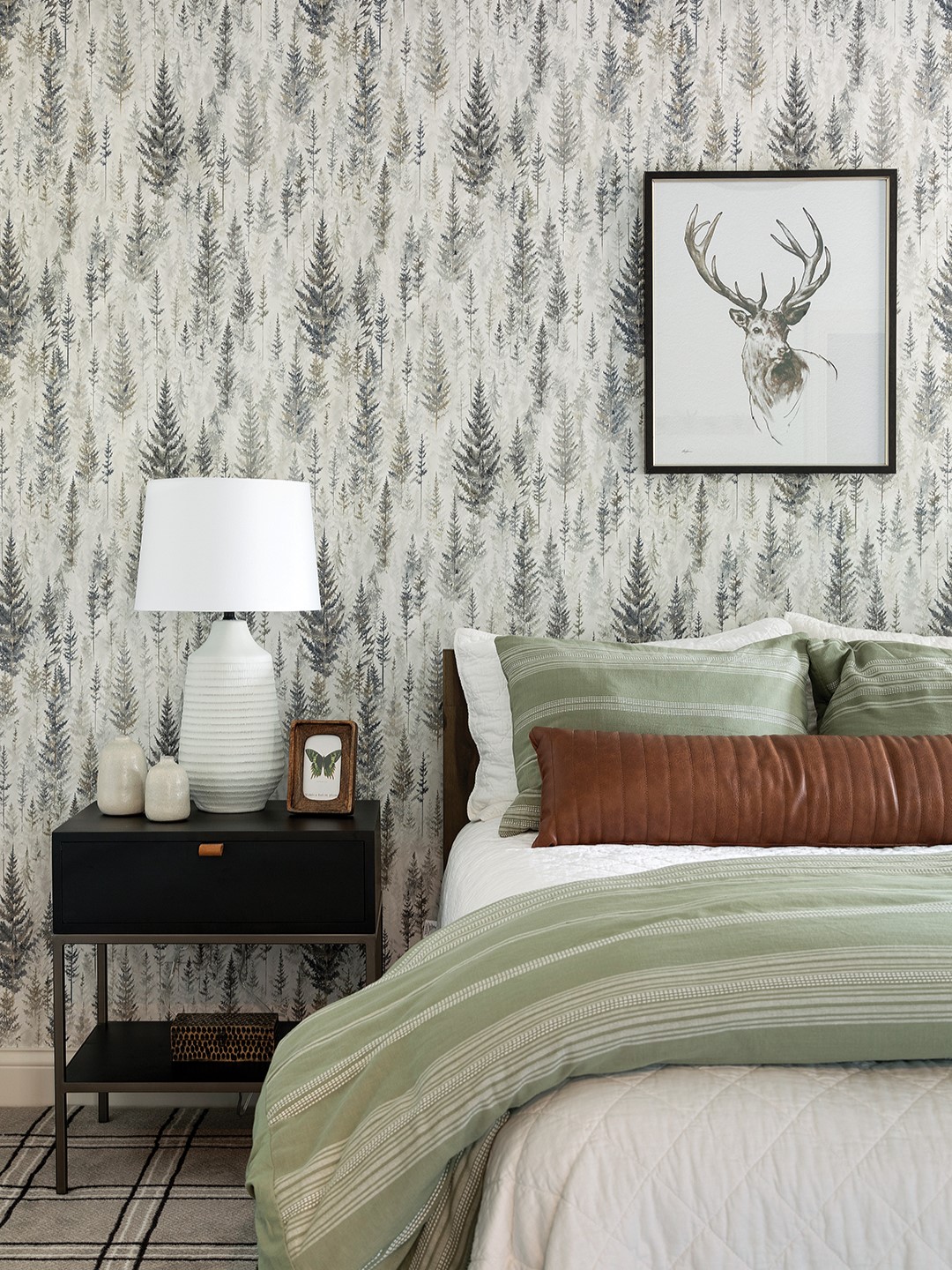
Utilize color psychology to foster particular feelings, such as concentration or tranquility. Photo: Spacecrafting
Creating an optimal learning environment at home involves more than just setting up a desk and chair. The colors used in educational spaces can profoundly impact mood, productivity and overall learning outcomes. Here are some tips to foster education at home using color psychology.
A calming study area can be created using blue, a color known to enhance concentration and focus. By incorporating blue into your study corners or home offices through wall paint, furniture or accessories like curtains and rugs, you can help reduce anxiousness and create a serene environment conducive to learning.
For areas where brainstorming and innovation are encouraged, such as craft rooms or creative spaces, yellow is an excellent choice. This color stimulates creativity and optimism. However, to avoid overstimulation, use yellow in moderation, perhaps through accent walls, cushions or decorative items that add a cheerful touch without overwhelming the space. Gold counts!
Green, symbolizing nature and tranquility, is ideal for areas where relaxation and stress reduction are needed. Consider using green in reading nooks, libraries or quiet corners. Introducing green through plants, furniture or soft pillows can promote a sense of balance.
For spaces that require physical activity and stimulation, red is an energizing color that can be strategically used to boost energy levels. Red is particularly suitable for home gyms or play areas, where it can increase heart rate and stimulate the brain.
Amy Leferink is the founder and principal designer for Interior Impressions, and Megan Koren is the marketing director for Interior Impressions. Design more at interiorimpressions.org.






















